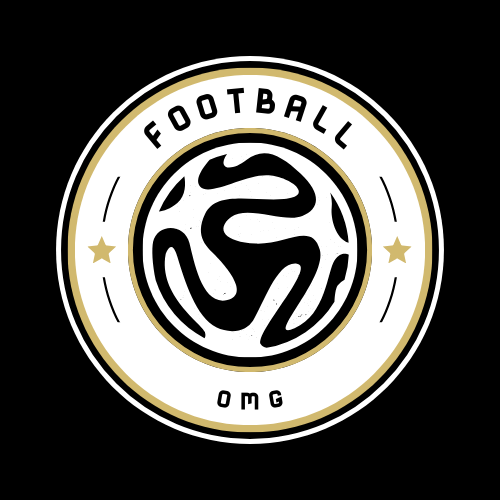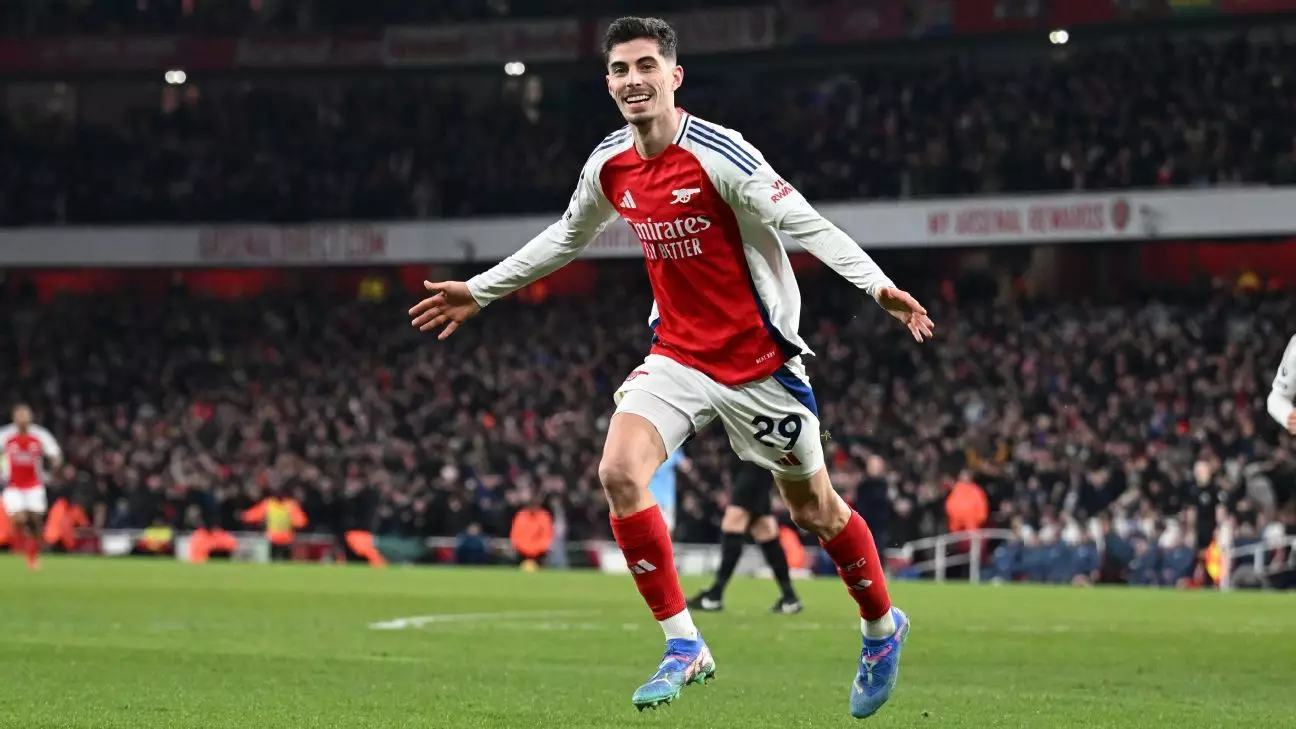In the world of football, adaptability is crucial for both players and clubs, and Arsenal find themselves at a pivotal moment. With injuries to key players and a lukewarm transfer window, the focus has shifted to how the club can leverage the talents of its standout signings, particularly Kai Havertz. Manager Mikel Arteta has lauded Havertz’s immense potential, referring to him as a “genetic powerhouse.” This, however, raises questions about whether Havertz can truly fulfill his promise and help the team navigate the challenges posed by their squad’s current limitations.
Arsenal’s attempts to bolster their attack during the January transfer window highlight the fragility of their squad. The club’s unsuccessful bid of £40 million for Aston Villa’s Ollie Watkins illustrates a struggle to secure the quality depth necessary for a title-contending run. With the unfortunate injury to Gabriel Jesus following his knee surgery, and Bukayo Saka sidelined, the weight of expectation now falls on Havertz and other attacking options. A significant part of assessing the player’s future contributions involves understanding the implications of these absences.
Arteta’s optimism about Havertz potentially carrying the team through to the end of the season suggests a faith that may border on over-reliance. Given that Havertz has underwhelmed at times—hampered by criticisms of missed opportunities during a patchy run of form—it becomes crucial to dissect whether he can rise to this occasion consistently. The need for a dependable forward is more pronounced than ever, especially considering Arsenal’s ambition to remain competitive across multiple tournaments.
The expression of confidence from Arteta regarding Havertz points toward a belief in the player’s intrinsic abilities and work ethic, though it can also expose fragilities in the team’s approach. Arteta highlights both physical robustness and mental acuity as core components of Havertz’s identity as a footballer; he emphasizes that Havertz is not just physically well-built but also possesses an understanding of his own demands. This insight is critical, as it suggests that Havertz is a player capable of learning and adapting his style based on situational contexts—traits that are invaluable for high-pressure scenarios.
However, the expectations placed upon him must be tethered to a careful analysis of performance metrics. While Havertz has recorded 15 goals and five assists this season, it is essential to recognize that not all contributions are equal. The context of game-winning moments and decisive plays elucidates whether he is impacting games positively or merely fulfilling a numerical quota. His responsibility intensifies with the team’s current injury woes, thus examining his consistency and capacity to deliver under stress becomes essential.
As Arsenal transitions from the reins of outgoing sporting director Edu to new leadership, the club’s strategic direction is also under scrutiny. The recent dismissal and subsequent appointment processes bring an air of uncertainty that may distract from on-field performances. The manner in which these procedural changes will impact squad decisions and recruitment strategies remains an unanswered question. The timeframe for decisions on Havertz’s position, as well as potential new signings, needs to be expeditious to align with the club’s ambitions.
The interim nature of Jason Ayto’s role represents a crucial crossroads—it is essential for him, or any new appointee, to recognize the existing needs of the squad while also formulating a long-term vision. The pressure to perform is intense, and decisions taken now will reverberate throughout the remainder of the season. Aligning the tactical strategy with the resources available to Arteta could determine if Arsenal maintains its competitive edge or falters at a critical juncture.
The trajectory for Arsenal, underlined by the evolving narrative of Kai Havertz, remains fraught with challenges. While Arteta’s praise serves to galvanize support for the player, it also highlights an intricate balancing act between ambition and reality. The club’s ability to adapt to injuries, capitalize on the talents of its players, and navigate strategic decisions responsibly will be paramount. As the Gunners seek to overcome these hurdles, the watchful eyes of fans and critics alike will focus on whether Havertz can indeed emerge as the pivotal figure they so desperately need. Only time will tell how effectively he can elevate his game to meet the moment.

